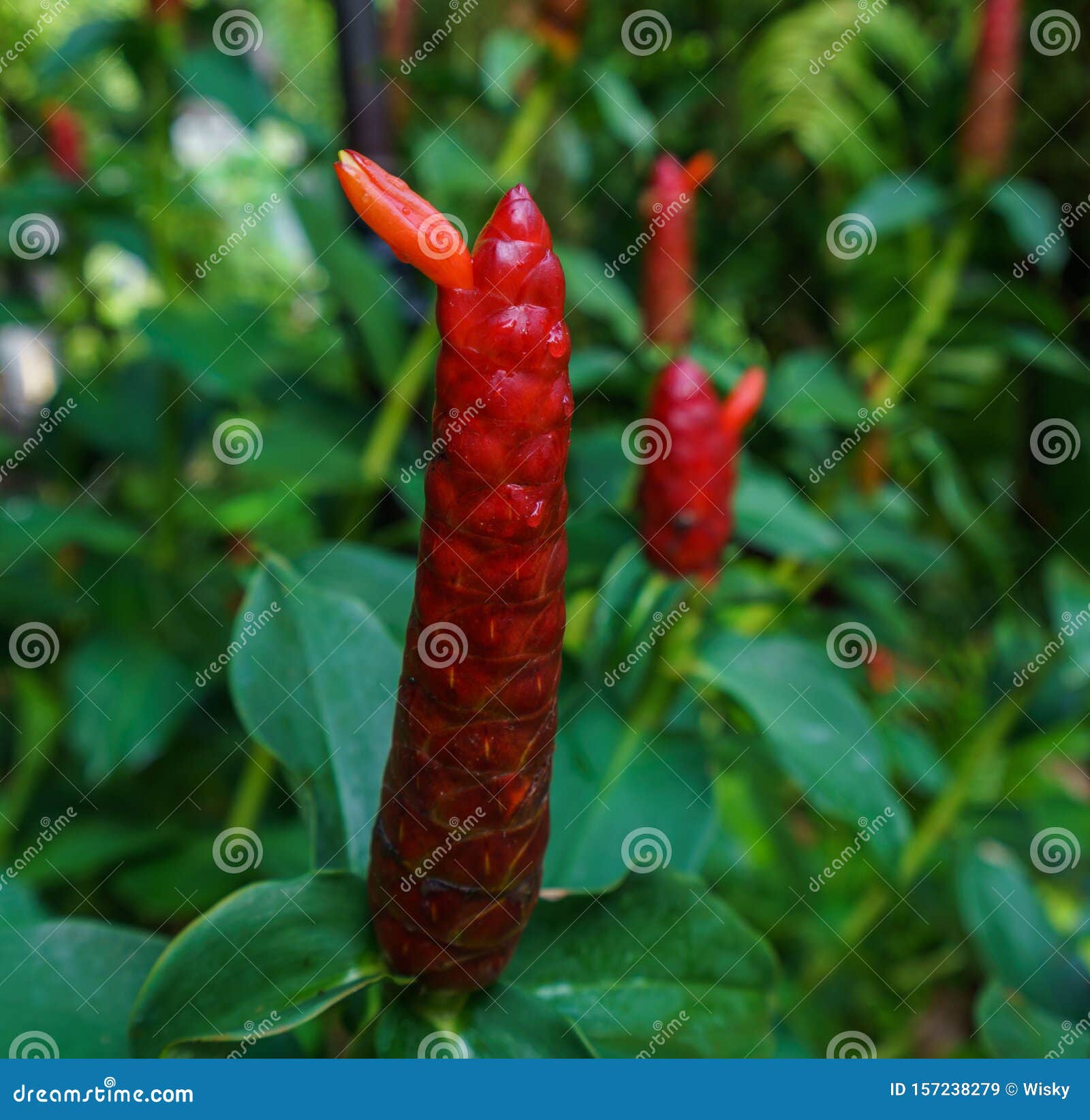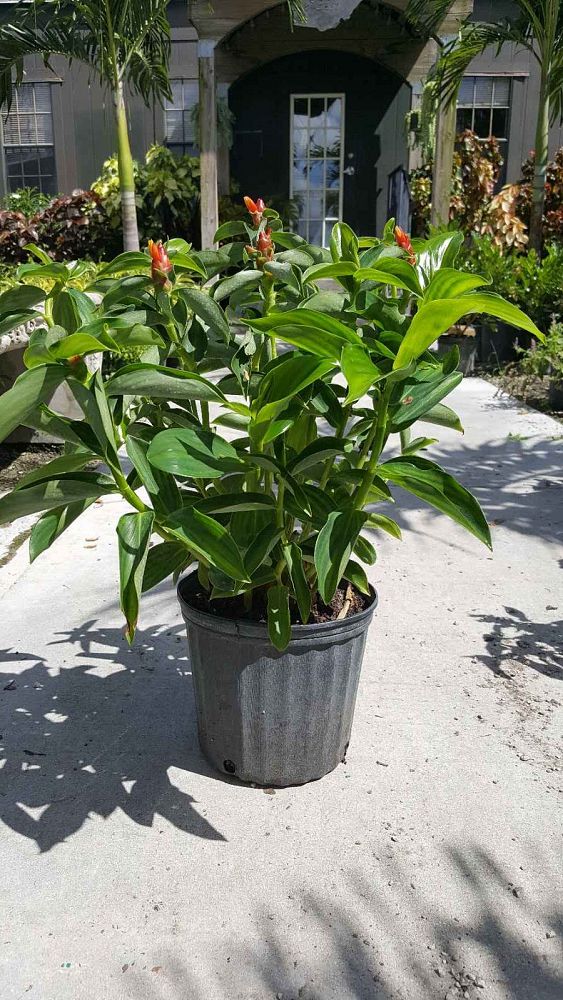

For more on stretching your cold hardiness zones see the " "Growing on the Edge Growing Guide". Our zones do not always agree but we try to use our own experience as to what can be depended on to return or have known reputable gardens and or horticulturists to reliably grow that plant in zones that are usually colder but sometimes warmer than what other resources have available. Each zone is separated by 10 oF and the map was updated in 2012. And these are averages, here in zone 8B ('A' represents the colder half of a zone and 'B' represents the warmer half of the zone and they are separated by about 5 oF) we have seen single digits but that is the exception but should be noted by the daring gardener. USDA Cold Hardiness Zones were established to give gardeners, horticulturists, farmers, nurseries, and landscape architects a universal way to describe where a plant will survive with regard to average winter lows for a region. Under poor growing conditions plants may be slightly to significantly smaller, whereas excellent growing conditions can produce larger more vigorous plants. Feet are represented by a single quote and inches by a double quote. This is the average expected mature height by width in feet or inches. Yellow Foliage/Stems or Marked with Yellow.White Foliage/Stems or Marked with White.


Camellias - Late Season Flowering Japonicas.Camellias - Exceptionally Long Flowering Japonicas.Camellias - Early Season Flowering Japonicas.Camellia Japonica By Flowering Season (Early-Mid-Late).Camellias - Variegated and Multi-Colored Japonicas.2022 Fall Clearance Sale - 1/3 to 1/2 off!.


 0 kommentar(er)
0 kommentar(er)
